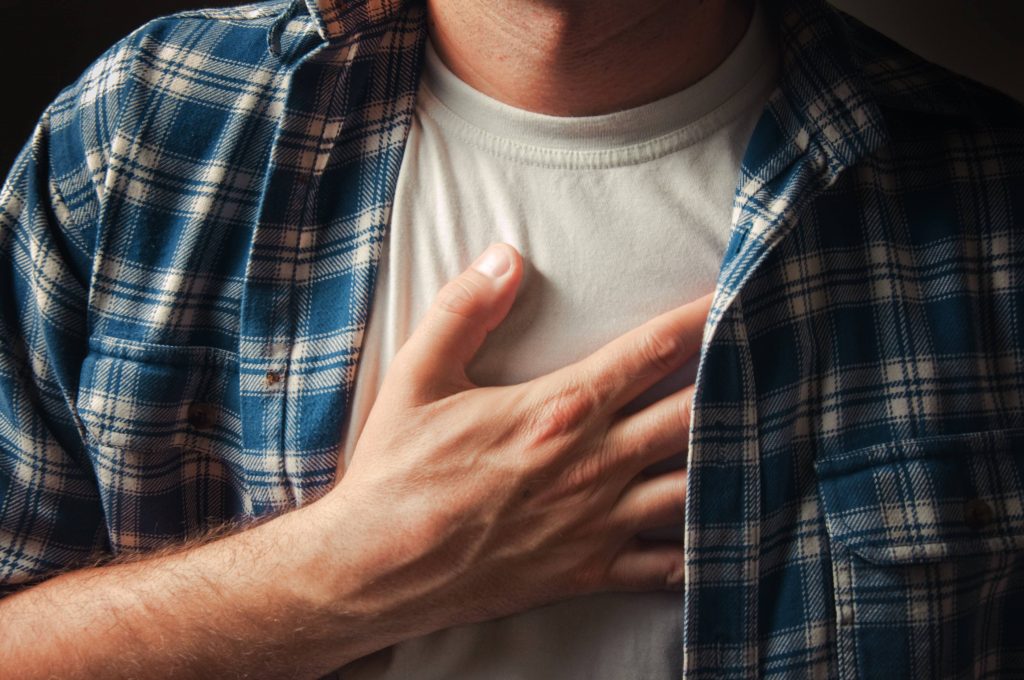-
Mayo Clinic Q and A: Atrial fibrillation and surgery

DEAR MAYO CLINIC: I have symptoms of atrial fibrillation, and my doctor recommended that I have a cardiac ablation procedure. Is this a common method of treatment? If so, what should I expect?
ANSWER: Atrial fibrillation is a disorder where electricity in the top chambers of the heart ― the atria ― is chaotic and causes the heart to beat irregularly. When the electrical signals of the heart are out of sync, the muscles do not contract in a coordinated manner, disrupting normal blood flow. This can lead to symptoms such as shortness of breath, palpitations, lightheadedness, fatigue and feeling overall unwell.
Some patients with atrial fibrillation may have fast heart rates for long periods of time. If the heart beats too fast for long periods of time, the bottom chambers of the heart may become weakened, and the heart may enlarge. This results in the heart not pumping blood efficiently to the rest of the body. Restoring the rhythm of the heart back to normal can make people feel better and allow the heart muscle to regain strength.
The inciting factors of atrial fibrillation come from muscle inside of veins that bring oxygenated blood from the lungs into the left atrium, which is one of the top chambers of the heart. These veins are called the pulmonary veins. The muscle inside of the pulmonary veins can generate fast electrical signals that cause atrial fibrillation to occur inside the top chambers of the heart. Therefore, the goal of an atrial fibrillation ablation procedure is to create a "short circuit" between the muscle inside the pulmonary veins and the top chamber of the heart. This way, blood can flow from the lungs to the heart, but electrical signals cannot.
There is no cure for atrial fibrillation. However, cardiac catheter ablation is the most common procedure to treat this condition. Some patients also may require drugs to keep the heart in a healthy rhythm.
Cardiac ablation for atrial fibrillation requires the expertise of a cardiovascular subspecialist called a cardiac electrophysiologist. Ablation usually requires general anesthesia, thus patients are asleep during the procedure ― similar to other surgical interventions.
The electrophysiologist inserts small strawlike sheaths into the veins in the groin region. These are used to thread catheters into your heart with the guidance of X-rays. These catheters are navigated throughout the heart, and a GPS-like system is used to create a 3D image of the heart and locate the movement of catheters within it. These catheters are specialized tools that can record electrical signals in the heart. Specialized catheters also can deliver energy to heat or freeze heart muscle to destroy the tissues of interest.
Because the procedure is performed via access from the groin veins, patients recover reasonably quickly. Some patients can go home the same day, while others stay in the hospital overnight. A few hours after the procedure, patients are encouraged to walk around as usual. No lifting more than 10 pounds usually is recommended for about one week
There are different factors that could influence whether a patient undergoes an ablation. Timing is based on symptoms, how well your heart is pumping, and intolerance or breakthrough symptoms while on drugs for atrial fibrillation. You should talk further with your health care provider about any concerns you have.
In addition to ablation, you're encouraged to speak to your health care provider about other lifestyle modifications that can help you. Losing weight, controlling blood pressure, exercising and treating sleep apnea are important to maintaining a normal heart rhythm after an ablation. Depending on other health issues you may have in addition to atrial fibrillation, you may require lifelong medication to keep your blood thin to prevent having a stroke. Sometimes people require more than one catheter ablation procedure. — Dr. Christopher DeSimone, Cardiovascular Disease, Mayo Clinic, Rochester, Minnesota
****************************
Related Articles
- New evidence supports ablation for heart failure patients with atrial fibrillation published 3/4/20
- Consejos de salud: Ablación cardíaca (Health Tips: Cardiac ablation) published 2/28/20
- How AI helps people with atrial fibrillation published 2/18/20
- Mayo Clinic Minute: What is atrial fibrillation? published 9/23/19







